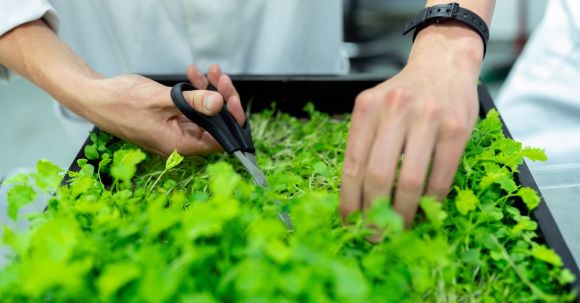Introduction
Sustainable farming practices are crucial for maintaining a healthy environment and ensuring the long-term viability of agriculture. One of the major challenges faced by farmers today is nutrient runoff, which occurs when excessive nutrients from agricultural fields are carried away by rainwater and end up in nearby water bodies. This can lead to water pollution, harmful algal blooms, and the degradation of aquatic ecosystems. To prevent nutrient runoff and promote sustainable farming, it is essential to implement best management practices (BMPs) that minimize the use of fertilizers and protect water quality.
1. Soil Testing and Nutrient Management Planning
Before applying any fertilizers, farmers should conduct regular soil testing to assess the nutrient content and pH levels of their fields. This information helps them determine the appropriate amount and type of fertilizers needed for optimal crop growth. By following a nutrient management plan, farmers can avoid over-application and minimize the risk of nutrient runoff.
2. Precision Agriculture Techniques
Precision agriculture involves the use of technology to precisely apply fertilizers and other inputs, such as water and pesticides, based on the specific needs of each area within a field. This approach minimizes the potential for excess nutrients to be applied in areas that do not require them, reducing the risk of runoff. Techniques such as variable rate application, GPS guidance systems, and remote sensing can all contribute to more efficient and targeted nutrient management.
3. Cover Crops and Crop Rotation
Cover crops, such as legumes and grasses, are grown during the off-season to cover the soil surface and prevent erosion. These crops help retain nutrients in the soil and reduce the risk of runoff during heavy rainfall. Additionally, crop rotation, the practice of alternating different crops in a field each year, can help break pest and disease cycles, improve soil health, and minimize the need for excessive fertilizer application.
4. Buffer Strips and Riparian Zones
Buffer strips are areas of vegetation, such as grasses or trees, that are planted along the edges of fields or water bodies. These strips act as a barrier, trapping sediment and absorbing excess nutrients before they reach nearby water bodies. Riparian zones, which are areas of vegetation along the banks of rivers, streams, and ponds, also play a crucial role in preventing nutrient runoff. These zones help filter runoff, stabilize banks, and provide habitat for wildlife.
5. Controlled Drainage Systems
Controlled drainage systems are designed to manage the water levels in agricultural fields by using drainage gates or valves. These systems help retain water during periods of heavy rainfall and release it gradually, reducing the volume and velocity of runoff. By controlling the flow of water, farmers can minimize nutrient losses and improve water quality.
Conclusion: Towards Sustainable Agriculture
Preventing nutrient runoff is vital for sustainable farming practices and the protection of our water resources. By implementing best management practices, such as soil testing, precision agriculture techniques, cover crops, buffer strips, riparian zones, and controlled drainage systems, farmers can reduce the environmental impact of their operations while maintaining productivity. It is essential for farmers, policymakers, and agricultural professionals to work together to promote and support the adoption of these practices, ensuring the long-term sustainability of our agricultural systems. By taking proactive steps to prevent nutrient runoff, we can create a healthier and more resilient environment for future generations.
